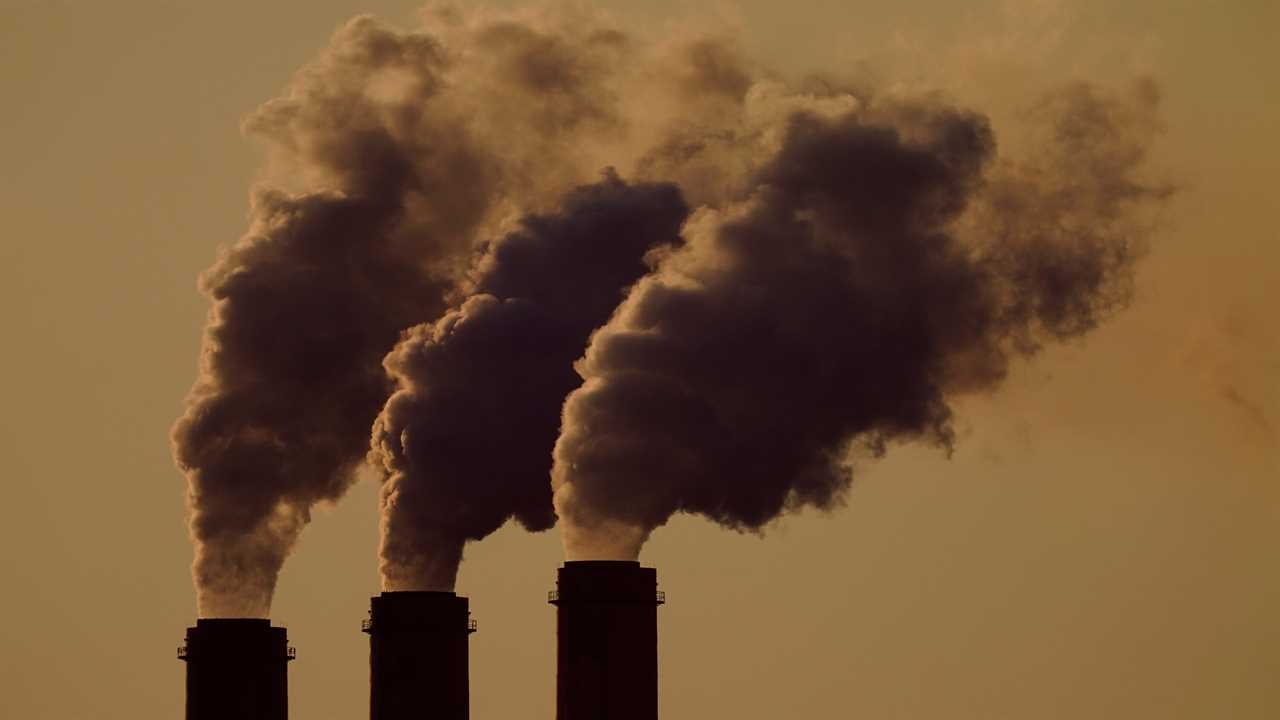
WASHINGTON — The Supreme Court agreed on Friday to hear appeals from Republican-led states and coal companies asking it to limit the Environmental Protection Agency’s power to regulate carbon emissions under the Clean Air Act.“This is the equivalent of an earthquake around the country for those who care deeply about the climate issue,” said Richard J. Lazarus, a law professor at Harvard.The court’s decision to take the case came days before President Biden is to attend a global climate summit in Scotland where he seeks to reassure other nations that the United States will continue to pursue aggressive policies to combat global warming.In January, on the last full day of Donald J. Trump’s presidency, a federal appeals court in Washington struck down his administration’s plan to relax restrictions on greenhouse gas emissions from power plants. The move cleared the way for the Biden administration to issue stronger restrictions.A divided three-judge panel of the court, the U.S. Court of Appeals for the District of Columbia Circuit, ruled that the Trump administration’s plan, called the Affordable Clean Energy Rule, was based on a “fundamental misconstruction” of the relevant law, prompted by a “tortured series of misreadings.”The panel did not reinstate a 2015 Obama-era regulation, the Clean Power Plan, which would have forced utilities to move away from coal and toward renewable energy to reduce emissions. But it rejected the Trump administration’s attempt to repeal and replace that rule with what critics said was a toothless one.The Obama-era plan had aimed to cut emissions from the power sector by 32 percent by 2030 compared to 2005 levels. To do so, it instructed every state to draft plans to eliminate carbon emissions from power plants by phasing out coal and increasing the generation of renewable energy.The measure never came into effect. It was blocked in 2016 by the Supreme Court, which effectively ruled that states did not have to comply with it until a barrage of lawsuits from conservative states and the coal industry had been resolved. That ruling, followed by changes in the Supreme Court’s membership that have moved it to the right, has made environmental groups wary of what the court might do in cases on climate change.Shortly after Mr. Trump’s election, his E.P.A. repealed the Clean Power Plan.Professor Lazarus said the Supreme Court’s decision to hear the case threatened “to sharply cut back, if not eliminate altogether, the new administration’s ability to use the Clean Air Act to significantly limit greenhouse gas emissions from the nation’s power plants.”Groups supporting industry welcomed the court’s decision to grant review.“The Supreme Court will be reconsidering E.P.A.’s massive claims of authority to redesign entire industries rather than merely requiring improved technology,” said Devin Watkins, a lawyer with the Competitive Enterprise Institute, a free-market think tank that opposes most environmental regulation. “This is excellent news because the agency lacks such massive power under the law.”What to Know About the Supreme Court Term
Card 1 of 5A blockbuster term begins.The Supreme Court, now dominated by six Republican appointees, returned to the bench on Oct. 4 to start a momentous term in which it will consider eliminating the constitutional right to abortion and vastly expanding gun rights.The big abortion case.The court is poised to use a challenge to a Mississippi law that bars most abortions after 15 weeks to undermine and perhaps overturn Roe v. Wade, the 1973 decision that established a constitutional right to abortion. The ruling could effectively end legal abortion access for those living in much of the South and Midwest.A major decision on guns.The court will also consider the constitutionality of a longstanding New York law that imposes strict limits on carrying guns outside the home. The court has not issued a major Second Amendment ruling in more than a decade.A test for Chief Justice Roberts.The highly charged docket will test the leadership of Chief Justice John G. Roberts Jr., who lost his position at the court’s ideological center with the arrival last fall of Justice Amy Coney Barrett.A drop in public support.Chief Justice Roberts now leads a court increasingly associated with partisanship. Recent polls show the court is suffering a distinct drop in public support following a spate of unusual late-night summer rulings in politically charged cases.The Biden administration had urged the justices not to hear the case, saying the court should wait for the administration to issue its own regulations “after taking into account all relevant considerations, including changes to the electricity sector that haveBy: Adam Liptak
Title: Supreme Court to Hear Case on E.P.A.’s Power to Limit Carbon Emissions
Sourced From: www.nytimes.com/2021/10/29/us/politics/epa-carbon-emissions-supreme-court.html
Published Date: Sat, 30 Oct 2021 03:16:03 +0000
Read More
Did you miss our previous article...
https://badpoliticians.com/us-politics/as-wages-soared-the-feds-preferred-inflation-index-remained-at-its-30year-peak
 UK PoliticsWorld PoliticsVideosPrivacy PolicyTerms And Conditions
UK PoliticsWorld PoliticsVideosPrivacy PolicyTerms And Conditions
